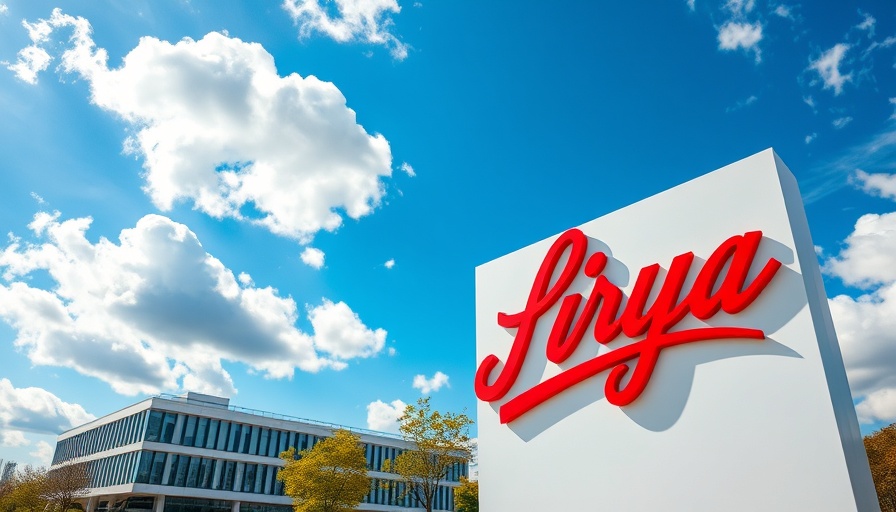
Analyzing Eli Lilly's Position in the Weight Loss Market
The recent performance of Eli Lilly's obesity pill, orforglipron, has stirred discussions among financial analysts and investors, particularly as its late-stage trial results fell short of expectations. Despite witnessing a significant initial downturn—with their stock dropping by about 13%—it's clear that Eli Lilly still aims to carve out a reputable spot in the ever-competitive weight loss drug market.
Comparative Insights on Efficacy and Advantages
Though orforglipron's results indicated less weight loss compared to Novo Nordisk's semaglutide, there are specific advantages that could bolster Eli Lilly's standing. Analysts suggest that orforglipron may require no dietary restrictions, offer easier production processes, and potentially land at a lower price point. These factors could make it more appealing, especially to consumers facing barriers with more expensive treatment options.
Market Potential and Consumer Demand
The weight loss drug market is booming, and both Eli Lilly and Novo Nordisk are positioned to meet a rising consumer demand for effective and convenient treatment options. While Novo Nordisk is expected to roll out its oral version first, the landscape remains ripe for competition. As obesity rates continue to climb globally, savvy investors and entrepreneurs may want to keep an eye on how Eli Lilly navigates this market, especially with expectations for its launch next year.
Future Implications for Investors
Despite the initial setback, it is essential for investors to assess the long-term potential of Eli Lilly’s orforglipron. The company has indicated ambitions to launch globally, and with the increasing public discourse around obesity treatments, this path has immense potential. Stakeholders in financial sectors should consider the evolving landscape and weigh the impact that successful approval and launch could have on stock performance and market share.
 Add Row
Add Row  Add
Add 




Write A Comment